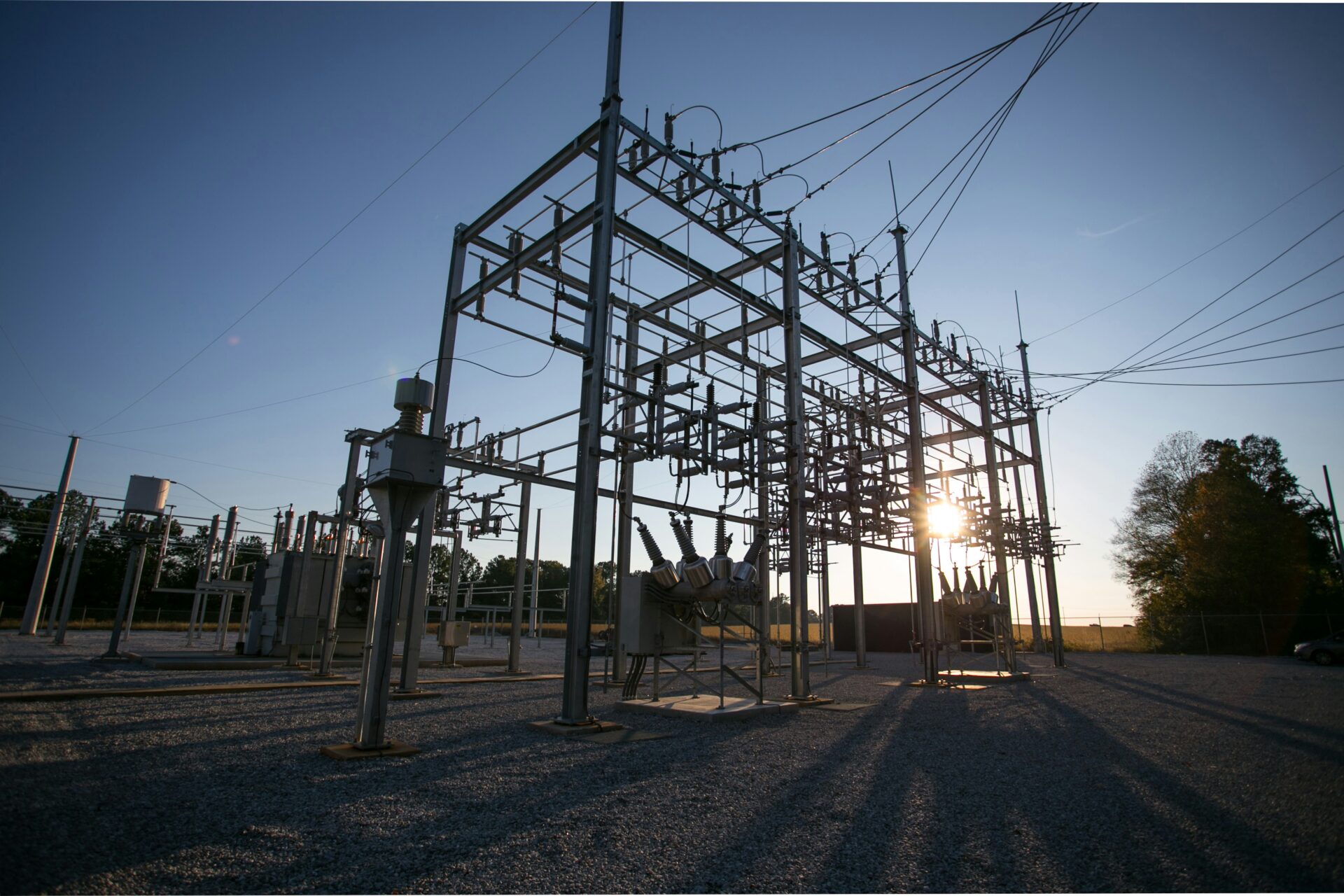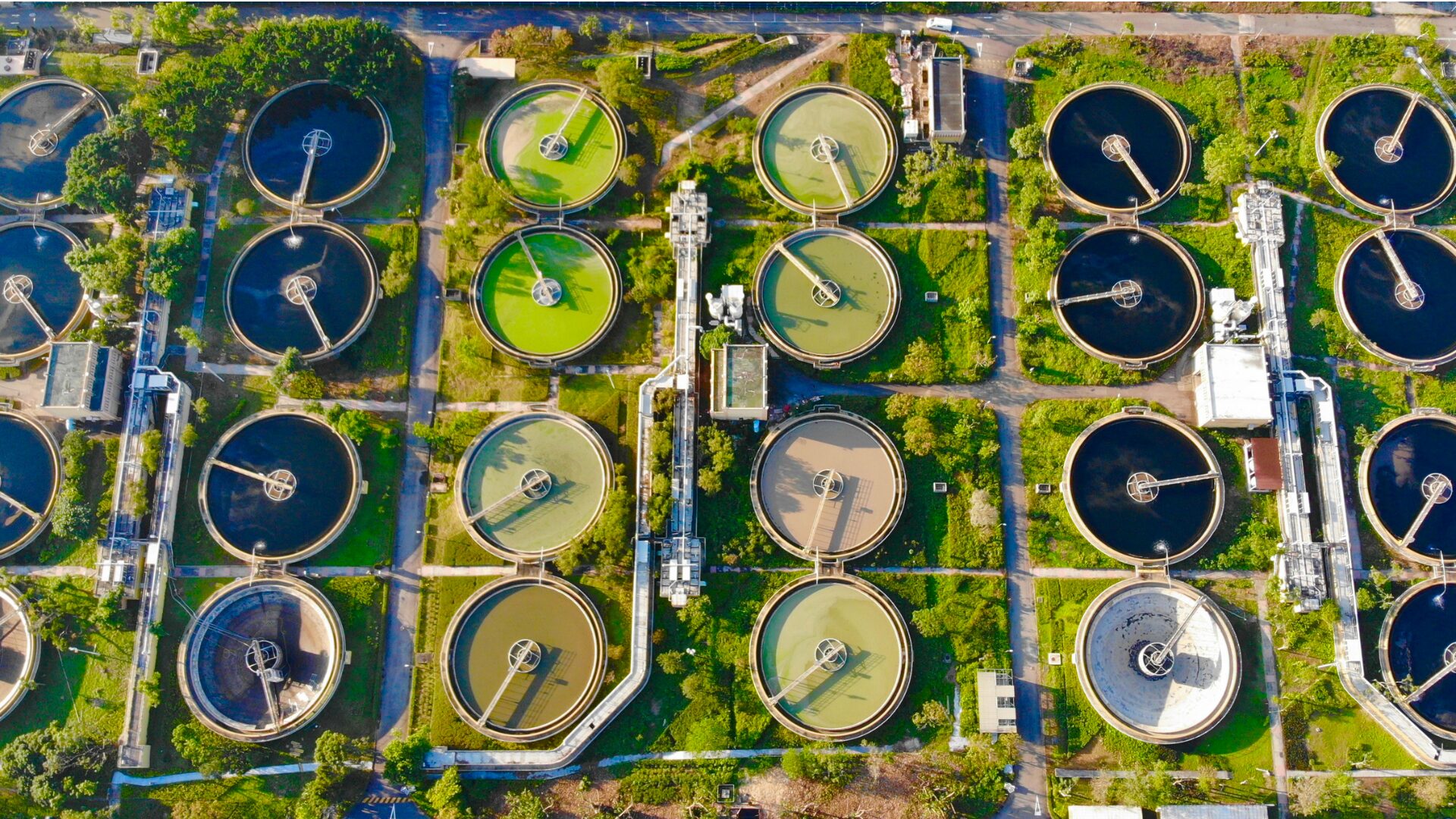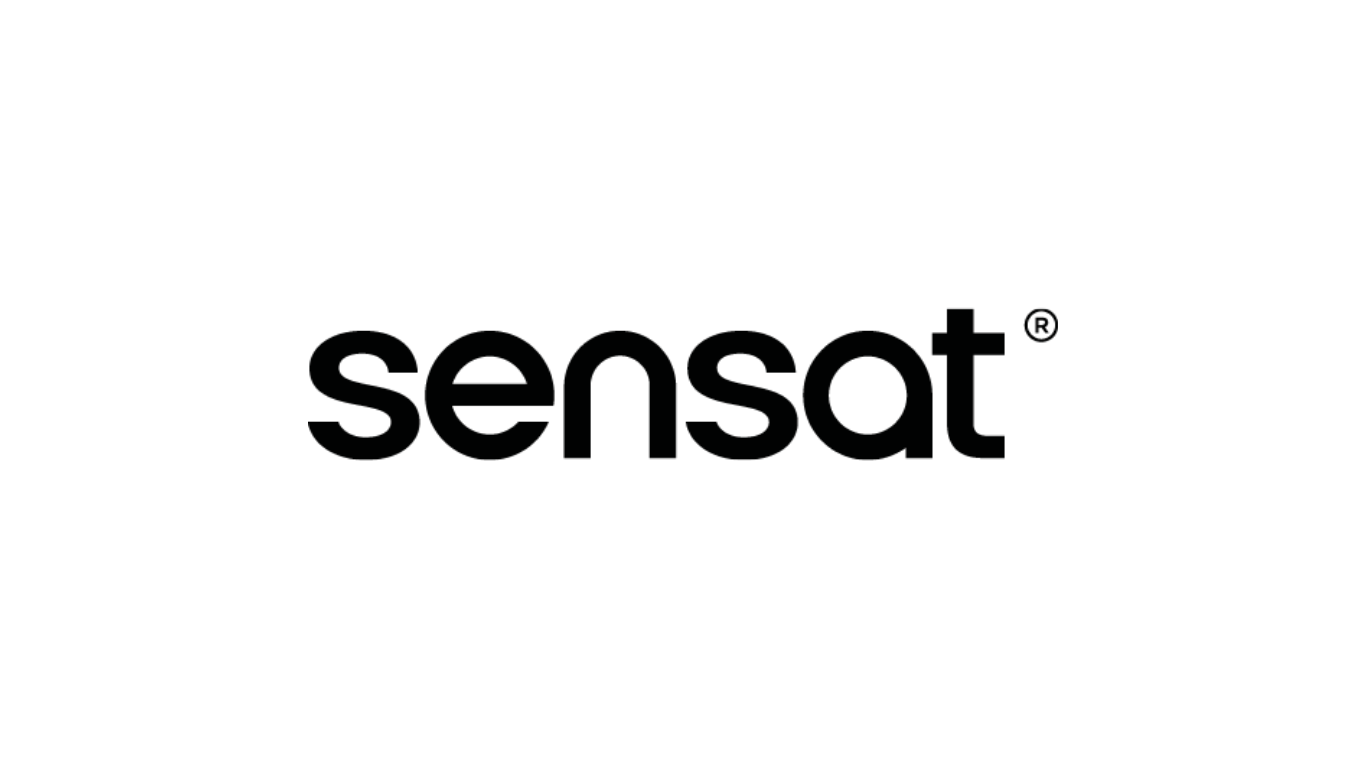The power industry plays a vital role in supporting the modern infrastructure that drives our society. Within this industry, the electrical substation design process holds immense importance as it ensures the efficient and reliable transmission of electricity from power plants to end consumers.
A well-designed substation optimizes power flow, minimizes maintenance and operational costs, and enhances overall system reliability. To achieve these objectives, the role of software in revolutionizing substation design cannot be overlooked.
Let’s delve deeper into the world of substation design and explore how AI can contribute to a greener future.
Understanding Substations
Power substations are key components of the power grid infrastructure that facilitates the transformation of electrical voltage levels, ensure proper power distribution, and protect the grid from potential disruptions. Substations serve as critical nodes that link power generation sources, such as power plants, with transmission and distribution systems.
Types of Substations and Their Functionalities
Substations come in various types, each serving specific functionalities within the power grid.
Distribution substations, located closer to end consumers, regulate voltage levels and distribute electricity to residential, commercial, and industrial areas.
Transmission substations, on the other hand, facilitate the transfer of high-voltage electricity over long distances, ensuring efficient power transmission.
Components of a Substation
A substation comprises several key components that work together to enable reliable and efficient power transmission. These components include power transformers, circuit breakers, switchgear, busbars, relays, and protection systems. Each component plays a crucial role in maintaining system integrity and safeguarding the electrical infrastructure.
Importance of Effective Substation Design
Substation design plays a crucial role in ensuring optimal power flow. By carefully considering factors such as equipment placement, conductor sizing, and network configuration, designers can minimize transmission bottlenecks and optimize power transfer capabilities. Efficient power flow reduces energy losses, improves system stability, and enables a more sustainable energy infrastructure.
Inefficient substation design can lead to increased maintenance and operational costs. By leveraging specialized substation design tools like the Transcend Design Generator, asset owners and utilities can optimize the placement of equipment, streamline workflows, and automate the electrical substation design process. This not only reduces the risk of errors but also minimizes maintenance requirements, resulting in cost savings over the entire lifecycle of the substation.
Evolution of Substation Design Software
The evolution of substation design methods has witnessed significant advancements over the years. Traditional design approaches relied on manual calculations, hand-drawn schematics, and physical prototypes. These methods often proved time-consuming, prone to errors and lacked the flexibility to accommodate complex system requirements. The need for more efficient and accurate design methodologies led to the emergence of computer-aided design (CAD) software.
The introduction of computer-aided design (CAD) software marked a significant milestone in design. CAD tools enabled engineers to create 2D representations of substations, streamlining the design process and improving accuracy. Designers could now easily manipulate and modify designs, leading to faster iterations and reduced design cycles. CAD software brought efficiency and standardization to the industry, allowing engineers to create detailed substation layouts with precise measurements and annotations.
In recent years, substation design software has undergone remarkable advancements, revolutionizing the way substations are planned and designed. Modern software solutions, such as Transcend Design Generator, have expanded beyond 2D modeling to incorporate advanced 3D modeling capabilities. These advancements enable engineers to visualize substations in a virtual environment, providing a more realistic representation of the physical infrastructure.
Key Features and Functionality of Substation Design Software
Transcend Design Generator is a specialized electrical substation software that offers advanced 2D and 3D modeling capabilities. These features enable engineers to create accurate representations of substations, considering factors such as equipment placement, clearances, and spatial relationships. With 3D modeling, designers can visualize the substation from different angles, enhancing their understanding of the physical layout and aiding in optimal design decisions.
One of the key features of automated substation tools is its electrical system analysis and simulation capabilities. Engineers can simulate and analyze various operating conditions, evaluate the performance of different equipment configurations, and identify potential issues before construction. This allows for the optimization of power flow, load balancing, and fault detection, resulting in an efficient and reliable substation design.
Factors to Consider When Selecting Substation Design Software
When selecting substation design software, compatibility and interoperability with existing systems are crucial considerations. The software should seamlessly integrate with other tools and systems already in use, such as CAD software, GIS platforms, and electrical design software. This ensures smooth data transfer, eliminates redundant work and facilitates efficient collaboration across different disciplines.
The software also should be capable of handling projects of varying sizes and complexities, accommodating future expansion and evolving design requirements. Additionally, the software should offer flexibility in terms of customization, allowing engineers to tailor the design process to their specific needs and workflows.
User interface and ease of use greatly impact the efficiency and productivity of engineers using the best generative design software. Intuitive and user-friendly interfaces simplify the learning curve and enable engineers to quickly adapt to the software.
Best Practices for Substation Design Using Software
Engineers need to evaluate factors such as terrain conditions, environmental considerations, space availability, and accessibility. Accurate data gathered during site surveys enables designers to make informed decisions and optimize equipment placement, considering factors like clearances, safety requirements, and maintenance access.
Efficient equipment placement and layout are essential for a well-designed substation. Substation design software empowers engineers to analyze different placement scenarios, considering factors like proximity to power sources, transmission lines, and load centers.
Simulation and analysis of electrical systems are key steps in design. A substation design suite enables engineers to simulate different operating conditions, such as load variations, fault scenarios, and contingency situations. Through accurate simulations, engineers can evaluate the performance of the substation, identify potential issues, and optimize the design to ensure optimal power flow, stability, and reliability.
Overcoming Challenges in Substation Design Software Implementation
One of the key challenges in the implementation of electrical design packages is ensuring data accuracy and integrity. Accurate data input is essential for reliable simulation and analysis results. Implementing robust data validation measures, automated error-checking algorithms, and integration with data sources can help mitigate this challenge. Regular data audits and verification processes are also vital to ensure data integrity throughout the design process.
Substation design often involves complex system requirements, such as multiple voltage levels, diverse equipment types, and intricate interconnections. Substation design software must be capable of accommodating these complexities and providing flexible design options. Customization capabilities, advanced simulation tools, and comprehensive equipment libraries are crucial in addressing complex system requirements and ensuring accurate and efficient design outcomes.
Future Trends in Substation Design Software
AI and Machine Learning
Artificial intelligence (AI) and machine learning (ML) are poised to revolutionize substation design software. AI algorithms can analyze vast amounts of data, identify patterns, and generate optimized design options. ML algorithms can learn from historical data, enabling software to provide intelligent recommendations and predictive insights. By incorporating AI and ML capabilities, substation design software will further enhance efficiency, accuracy, and design optimization.
Virtual Reality and Augmented Reality Applications
Virtual reality (VR) and augmented reality (AR) technologies offer exciting possibilities for generative design. Engineers can immerse themselves in virtual environments, interact with 3D representations of electrical substations, and simulate various operational scenarios. AR overlays digital information onto the real-world environment, providing real-time insights and guidance during construction and maintenance activities. These technologies enhance visualization, improve design comprehension, and streamline construction and maintenance processes.
Final Thoughts
The future of substation design software is characterized by advanced technologies, enhanced collaboration, and intelligent decision-making. By embracing these trends, the power industry can drive innovation, create sustainable infrastructure, and ensure reliable and efficient energy transmission.
To unlock the full potential of advanced substation design software and shape the future of the power industry, harness the capabilities of Transcend Design Generator.
Uncover the transformative potential of our innovative software, enabling asset owners and utilities to expedite capital projects, mitigate project risk, and create robust and energy-efficient substations.








 WWTP Design
WWTP Design  Substation Design
Substation Design  Utility Interconnection Hub
Utility Interconnection Hub  White Label Proposal Generator
White Label Proposal Generator  PFAS Feasibility Study
PFAS Feasibility Study  Booster Station Design
Booster Station Design  Value Discovery Program
Value Discovery Program